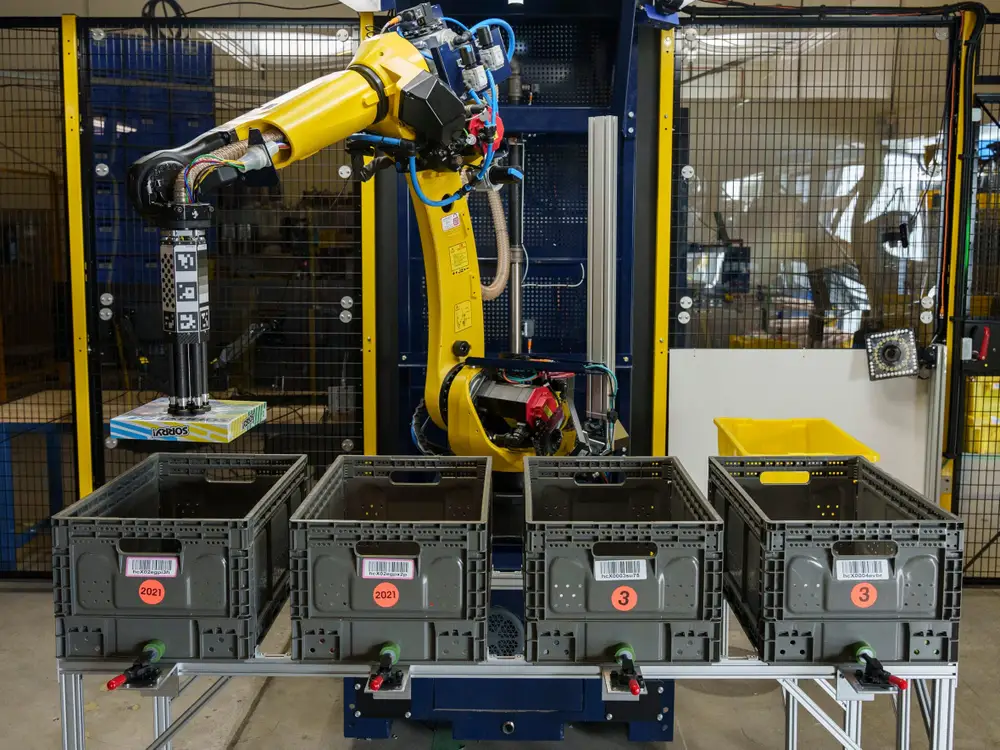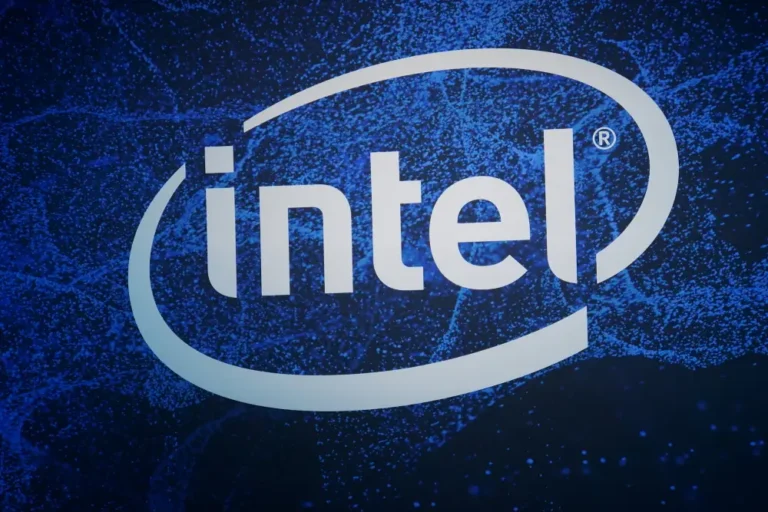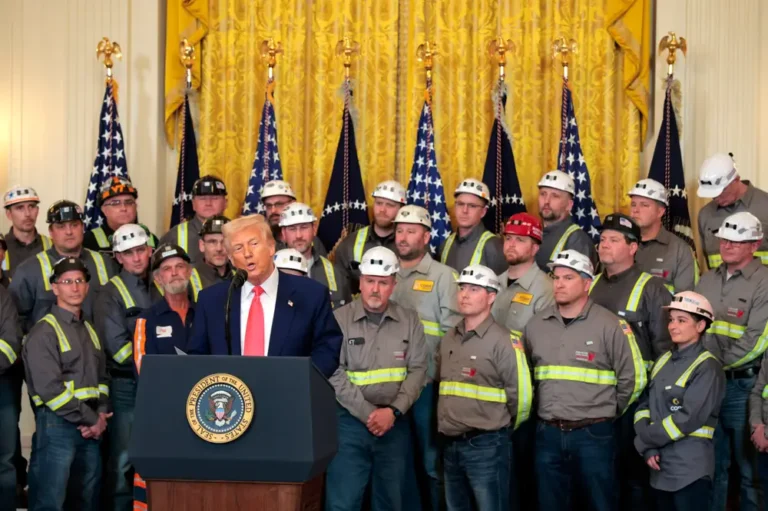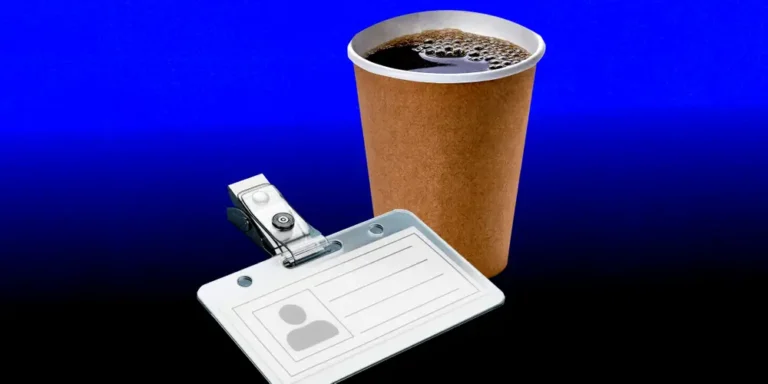Amazon’s robots could help it save $10 billion a year by 2030, Morgan Stanley analysts say

Amazon’s Sparrow robotic arm lifting items in a fulfillment center.
Amazon has stepped up its robotics development in recent years, and it could save the e-commerce giant as much as $10 billion annually, Morgan Stanley analysts wrote in a research note on Sunday.
The company’s fleet of more than 750,000 robots now works across every part of the fulfillment process. They help with storage and inventory management, picking, packing, and sorting, and they transport packages to the fulfillment center’s loading dock, where they are then sent to customers.
Since 2022 Amazon has introduced six new models. They include a fully autonomous mobile robot called Proteus, three types of robotic arms, and a containerized storage system called Sequoia. Amazon also has robots that can create custom packaging based on an item’s specific dimensions.
Amazon opened its first “next-generation” fulfillment center, incorporating all of its latest robots, in Shreveport, Louisiana, in September. The company has said it expects to see a 25% improvement in fulfillment costs during peak periods at the Shreveport warehouse.
Morgan Stanley analysts estimated that if 30% to 40% of Amazon orders in the US were fulfilled through next-gen warehouses by 2030, the company could save as much as $10 billion a year.
They noted, however, that fully scaling robotics would take time.
“Looking ahead, we expect AMZN to continue to expand its warehouse network (to support growth) while also upgrading the footprint toward next-gen robotics in new builds and retrofits,” they wrote. “The question of how quickly Amazon shifts volumes to robotics enabled warehouses will likely come down to reasonable and improving paces of build/retrofit (current new robotics plants still take 1-2 years) balanced with not wanting to cause near-term disruption to AMZN’s retail service.”
Next-gen fulfillment centers are significantly more expensive to develop than Amazon’s traditional fulfillment centers. The analysts cited news reports that say the robotic-powered warehouses cost about $450 million to develop, compared with $200 million for traditional development and $100 million to retrofit an older warehouse with robotics.
“We estimate AMZN will have $60bn of net cash as of year-end ’24 and will generate ~$150bn of aggregate free cash flow in ’25/’26,” they wrote. “As such, investment capital is unlikely to be a constraint to how quickly AMZN shifts to next-gen robotics…which means if they can build and shift without service disruption they likely will do it.”
The analysts also said that if Amazon invested further in bringing robots to sorting centers and in scaling the technology internationally, it could see more savings.






